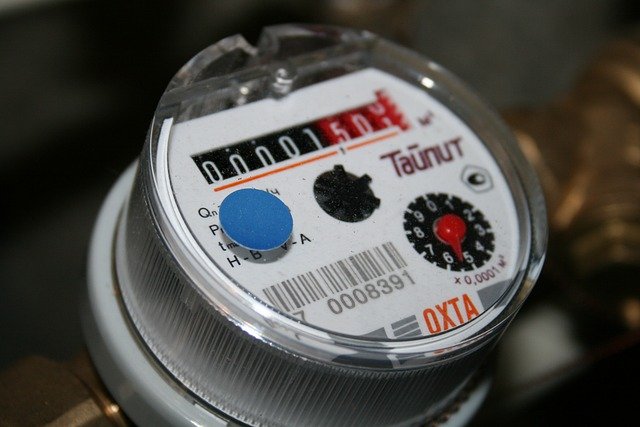How Smart Meter Data Helps Identify Household Waste
Smart meter data provides detailed, time-stamped records of household electricity use, enabling clearer insight into which routines and devices drive higher consumption. By translating high-resolution readings into actionable patterns, households and suppliers can pinpoint avoidable waste and improve efficiency while protecting privacy and grid stability.

Smart meter data gives households and suppliers a far more detailed view of electricity use than a single monthly reading. Instead of one aggregate number, smart meter readings arrive in small time increments, showing when energy is consumed and at what intensity. This granularity makes it possible to spot recurring waste, such as constant standby power, inefficient appliances, or heating and cooling habits that generate persistent high demand. With careful analysis, those patterns lead to targeted efficiency measures that reduce both bills and environmental impact.
How does smart meter data reveal consumption patterns?
Smart meter metering produces time-stamped consumption data that exposes peaks, troughs, and regular cycles in household energy use. By plotting usage across hours and days, it becomes evident whether peaks align with cooking, laundry, or HVAC cycles. Advanced analytics can disaggregate whole-home readings into likely device groups—identifying refrigerator cycles, water-heater draws, or oven use—so homeowners know where to focus attention. Over weeks or months, comparisons highlight unusual trends that indicate failing equipment or habits that could be changed to reduce waste.
Can smart meter data improve billing and tariffs?
Smart meter data enables billing to reflect when and how much electricity is consumed, supporting time-of-use or dynamic tariffs that reward shifting usage away from peak periods. For consumers, this link between behavior and billing provides clear incentives to alter routines, such as running appliances overnight or during sunny hours when renewables are abundant. Suppliers and billing systems must present this information clearly so customers understand the cost impact. Improved transparency around payments and invoice reconciliation also reduces disputes arising from estimated or inaccurate bills.
How does data support efficiency and demand management?
Detailed consumption records allow both consumers and utilities to target the biggest sources of waste. Persistent baseline loads—appliances drawing power even when idle—are often simple to fix, while erratic spikes may indicate malfunctioning devices. On a system level, aggregated smart meter data informs demand-response programs that flatten peak loads and reduce the need for additional generation. Smoothing demand curves improves overall system efficiency, helping to lower operational waste and better align supply with actual need.
What role does smart meter data play for renewables and the grid?
Smart meter data helps integrate renewables by showing when households consume relative to periods of high renewable output. This information supports strategies to shift flexible loads into times of abundant solar or wind generation, reducing curtailment and improving utilization of clean sources. For distribution networks, granular metering highlights local load growth, voltage issues, or potential congestion points, informing targeted upgrades that support resilience and efficient grid operation as renewables increase their share of generation.
How does data help detect outages, payments, and switching?
Frequent, high-resolution readings can quickly reveal anomalies such as sudden drops to zero that indicate outages or communication failures. Utilities and local services can use these signals to prioritize restoration efforts and reduce downtime. For customers, consistent smart meter records provide objective evidence when resolving billing disputes or validating payments. When switching suppliers, reliable metering histories help ensure accurate final and opening bills, minimizing the administrative waste and corrective billing adjustments that can occur with estimated readings.
How are privacy and resilience maintained with metering?
Collecting detailed consumption data raises valid privacy concerns because usage patterns can infer household routines. Protecting consumer data involves limiting retention, using anonymized or aggregated datasets for planning, and providing transparent controls over who accesses detailed profiles. Cybersecurity and redundant communication channels are essential to maintain resilience so metering networks remain reliable during outages or malicious events. Balancing data utility for efficiency and grid benefits with robust privacy safeguards ensures smart meter programs reduce household waste without compromising trust.
Conclusion Smart meter data improves visibility into when and how electricity is used, helping to identify wasteful patterns, guide efficiency measures, and align consumption with cleaner generation. By combining targeted analytics, consumer-friendly billing and tariff designs, and strong privacy and resilience practices, smart metering can reduce avoidable household energy waste while supporting a more responsive, sustainable grid.






